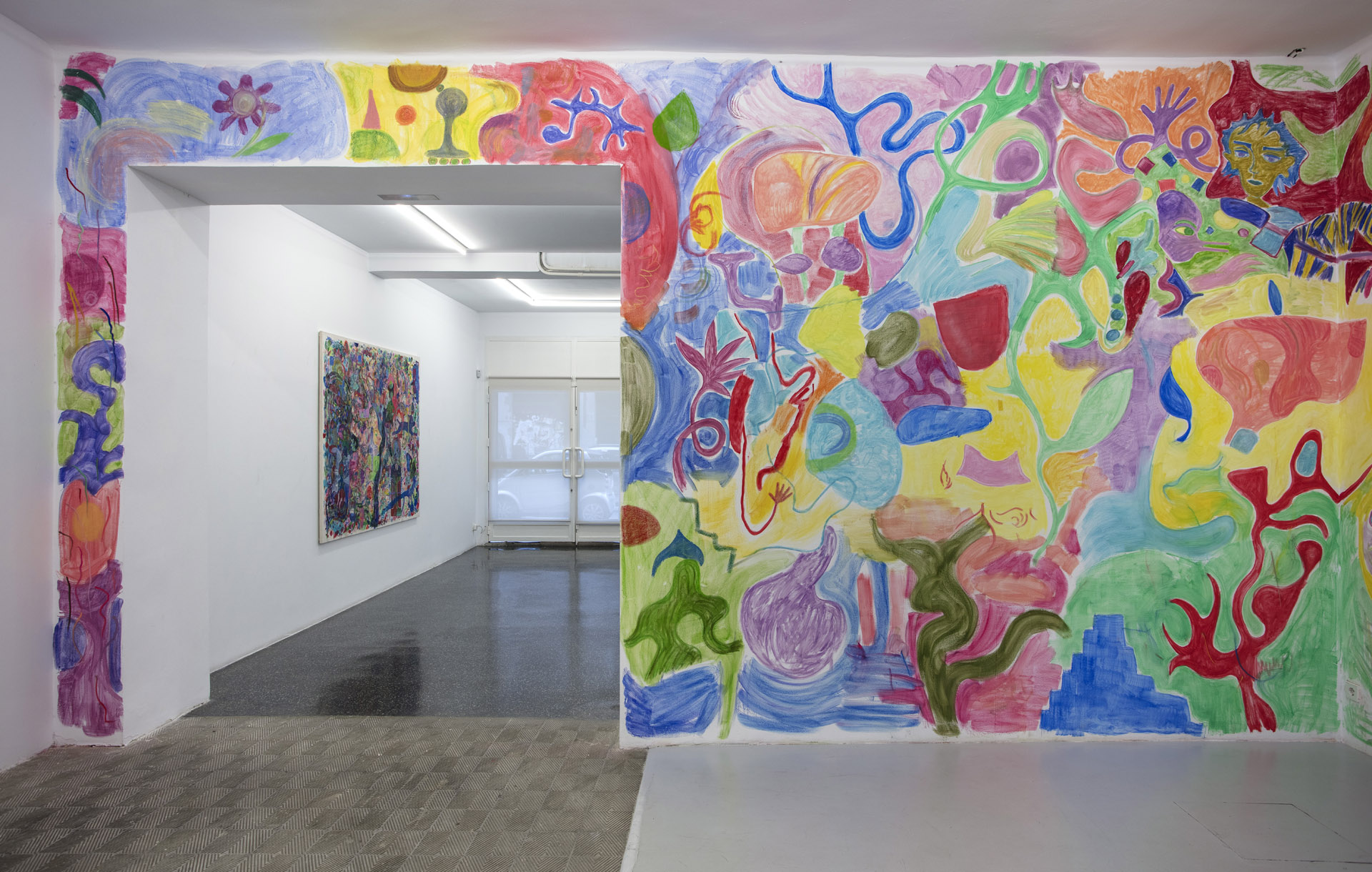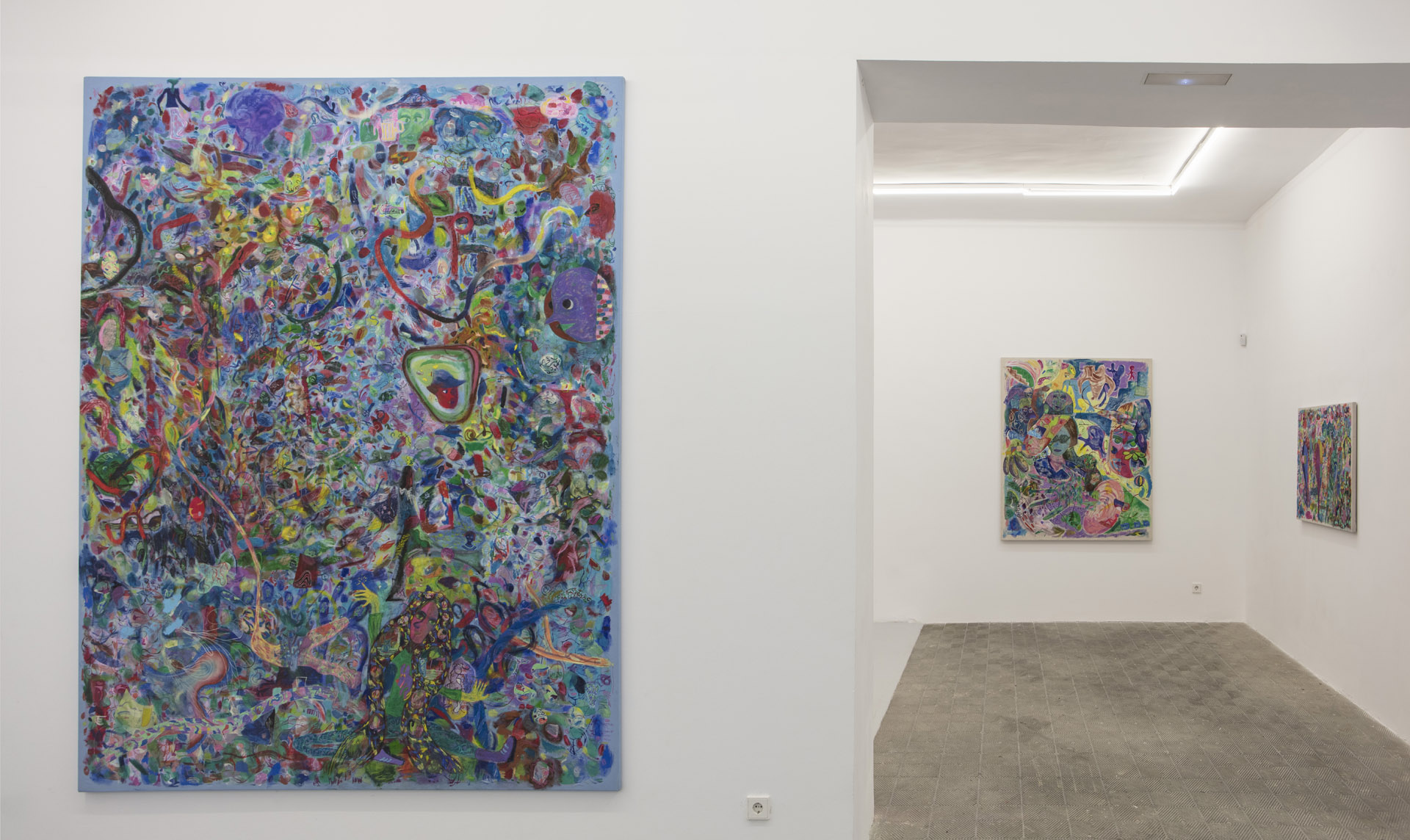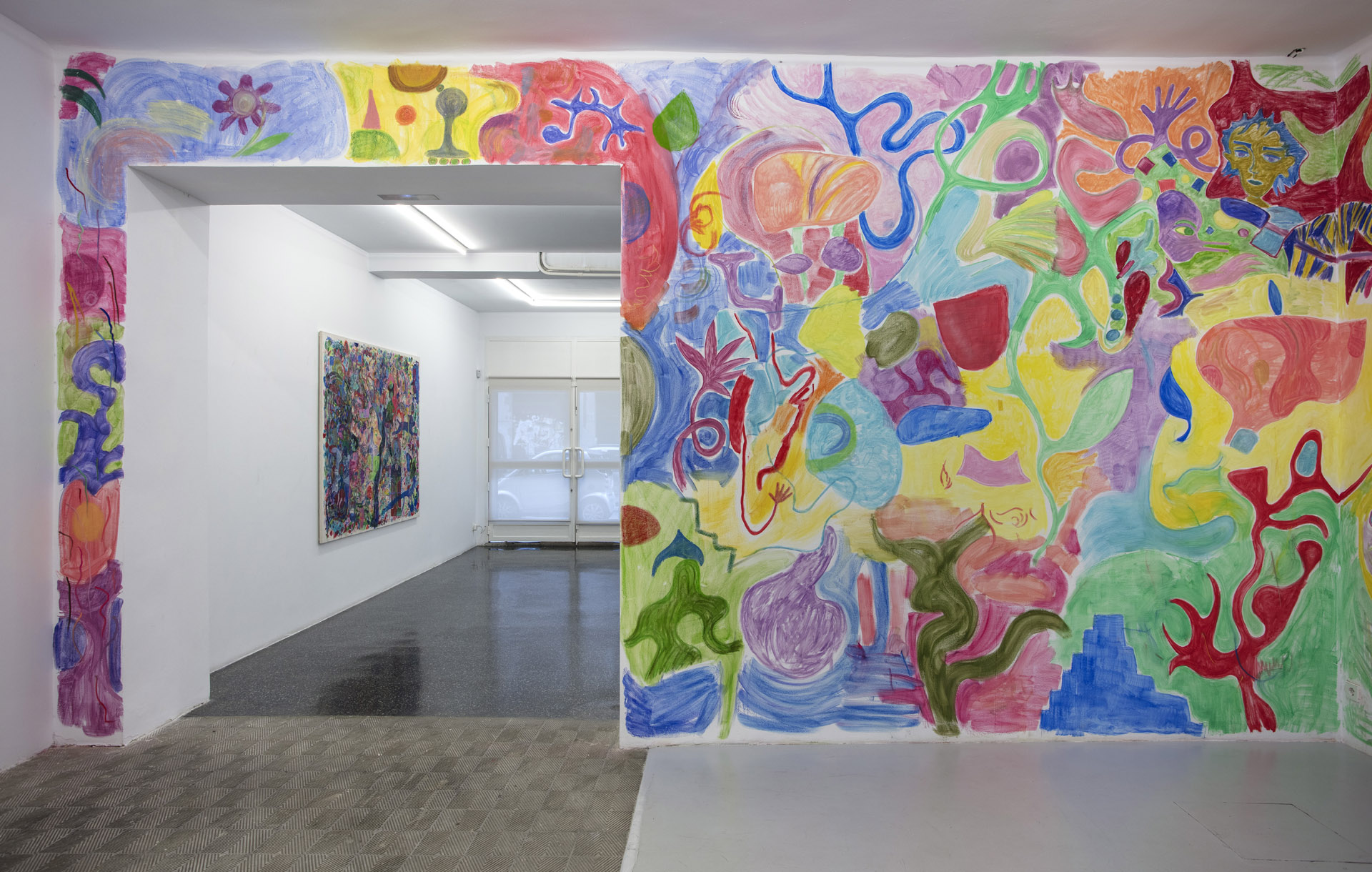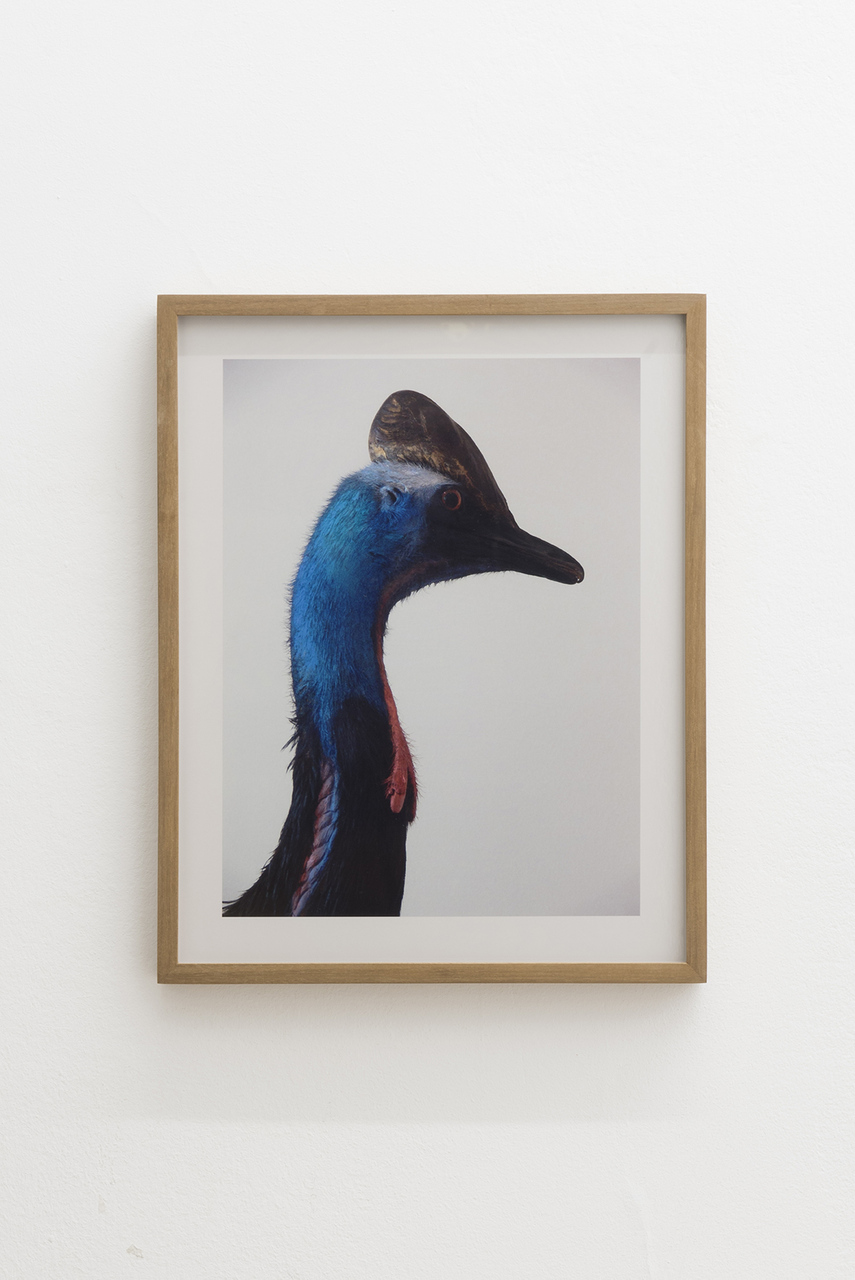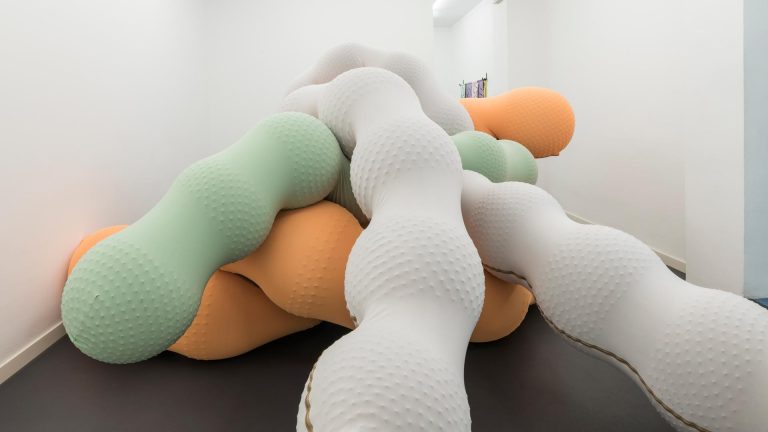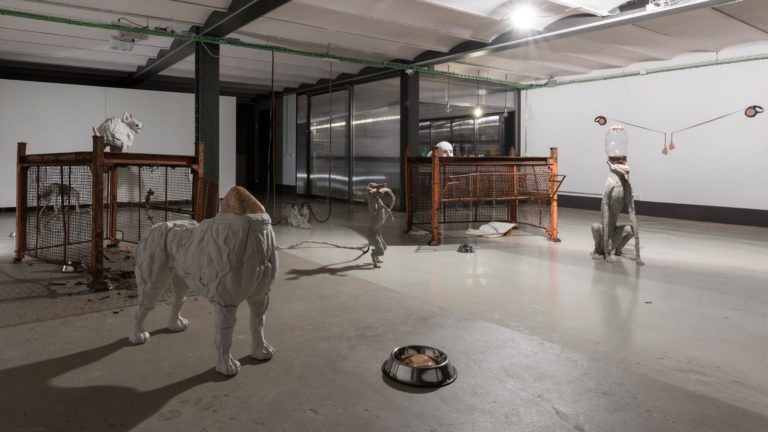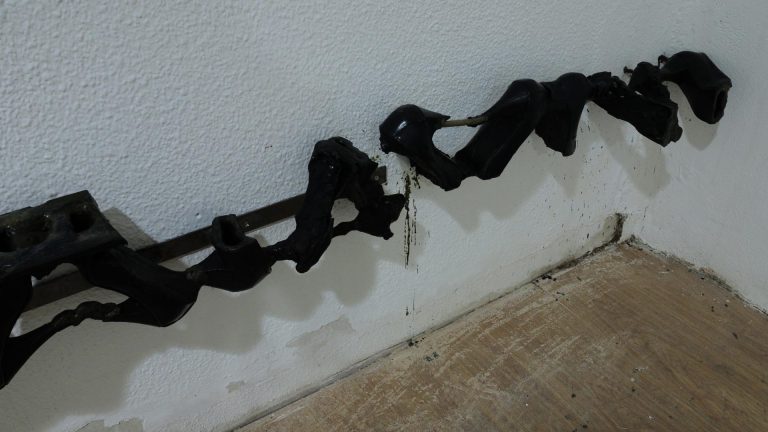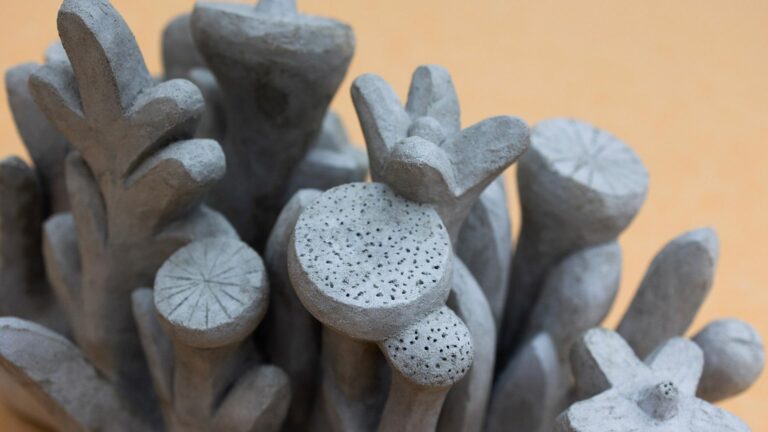Artist: Max Brand
Exhibition title: Creative Mood
Venue: Marta Cervera, Madrid, Spain
Date: June 12 – July 20, 2021
Photography: all images copyright and courtesy of the artist and Marta Cervera, Madrid
Galería Marta Cervera is pleased to announce ‘Creative Mood’, the third solo exhibition by Max Brand in Madrid. The show will be on view from June 12 until July 20, 2021.
Max Brand (Leipzig, 1982) lives and works between Berlin and Naples. He studied at the Städelschule Frankfurt/Main with Michael Krebber. Solo exhibitions of his work have been held broadly at Galería Marta Cervera, Madrid; Galerie der Stadt Schwaz/Palais Enzenberg, Schwaz; Jacky Strenz, Frankfurt; Mavra, Berlin; Galerie Bernhard, Zurich; Off Vendome, NYC. His work has been shown at Georg Kargl Fine Arts, Vienna; Concert at Museum Folkwang, Essen, Carlier Gebauer, Berlin; Goethe Institut New York; GoMA Gallery of Modern Art, Glasgow, MoMA PS1, New York, among many others.
On Inmortality,
by Ross Simonini
In Taoism, the wisest of humans can become immortal. Through spiritual work and alchemy, a dedicated sage can discover the philosopher’s stone, transcend the physical form and dance through the celestial bodies forever.
On earth, we can only aim for longevity. We approach immortality by adding up years. In the mountains of the island of Sardinia, there is a region filled with centenarians — century-old people who live full healthy lives until their death. They eat well and maintain vibrant communities for their entire lives. The aged are celebrated. This place is one of many so-called “blue zones” where people get the highest quality and quantity out of their timeline. For the most part, these places are on islands, comfortably isolated from the stimulations of the contemporary world.
Unlike immortality, longevity is conceptually bound to horizontal time: a life is a train ride to be taken as far as possible. Time ticks forward at the same objective, mechanical rate. But true immortality would change the nature of how we regard time. Immortality is infinite. Time loosens its meaning. All of history is experienced as one unpunctuated, timeless moment.
Consider time as a vertical phenomenon, with each moment plunging infinitely inward. We can, perhaps, stretch a human lifetime from 100 to 1,000 years, and we can also the feeling of a single second. Like matter, time can never be magnified away, only perceived in smaller and smaller increments. This kind of time is relational and subjective. Each of us only knows our own internal sense of time.
This notion of time may be Eastern, but we all experience this ebb and flow. Time is relative and every day is experienced at a different rate. Parents watching their children grow say: “you are growing up too fast! How can I slow it down?” This is another way of saying: “How can I alter the way time feels to me?” Or people say: “Time flies when you are having fun,” because they understand that pleasure eats time. When life is easy, no one counts seconds.
Discomfort, on the other hand, draws out time, extending each second into eternity. A bad day “feels like it will never end.” In this way, the wrong quantity (too much or too little) of stimulation (i.e., pain) can slow time. A similar effect can also be achieved by adjusting the quality of the stimulation.
I have always felt the expansion of time through newness. Novel stimulation has been my most effective portal into the feeling of immortality. Do something new and time seems to expand in every moment. The first iteration of an activity is vivid — every millisecond seems to light up the mind — but repeat the same action and each iteration increasingly fades away. By the 1000th repetition of any task, done in the same place, I can’t seem to hold on to the experience. When time all contains the same information, who can distinguish one moment from another?
I’m thinking of a weekend trip I took a decade ago to the river. I can sharply recall the place, people, feelings and individual moments. For me, the memories of that time are yoked to that location, which makes for easy access. The stimulations of a new environment codified my perceptions. Memory and space are tied together, which is likely why people throughout history have constructed “memory palaces” in their minds to store vast, impossible-seeming archives of information.
Now, if I compare that river weekend to a randomly chosen week-long period last year, spent at home, the week is barely a wisp of a memory. It takes up less space in the mind than a single day of my vacation. In this way, the pandemic was a black hole. Without any variation in our environment, time was untethered to newness, and it slipped away. I had plenty of memorable-worthy days during covid but the stream of rote tasks at home rushed by, and I can barely seem to recall a moment of it. For the rest of my life, I will experience the temporal richness of that weekend a decade ago, while entire stretches of time during covid will never be accessible again.
*
Over the last six years, my wife and I have lived nomadically, moving from house to house, Airbnb to residency to vacation to work trip. We have stayed in a rainforest, a desert, on a beach, on several islands, on the river, in the countryside and in several cities and states, each with radically different climates. There was no pre-meditated plan to do this, but nomadism seemed to be the easiest way of existing for a certain period of time, when no single place demanded our full-time presence. For the most part, we spent no more than 5 months at a time in any one location, and many of those were six-week and two-week stays. Of course, there were limitations and pleasures in living this way, but I savored it all, knowing this lifestyle would eventually end.
The experience, for me, has been a lesson in retaining memories. In movement, I could become creative with time, treating duration as a material to be sculpted in space. With each distinct location, I amassed a thick mental folder of impressions, but the longer we stayed in a place, I began to notice an inherent limit in how many impressions I could hold from a single place. When the feeling of stagnation arose, we moved on. In comparison, thinking about the previous six years, spent in a single apartment, seems like a haze.
Maybe the human mind is designed for experiencing time through nomadic living. Maybe the mind falters with too much repetition in a single location. Humans lived for 200,000 years in a nomadic or semi-nomadic state, moving seasonally, as needed, but we’ve only lived 6,000 years as domestic, location-bound people, growing our food rather than finding it, staying put in permanent dwellings.
Even for me, a modern human, it felt natural to live on the move. At times, I imagined a post-Airbnb future in which homes are exchanged freely, a contemporary revival of the nomadic life way, in which everyone is fluid with their location.
But as of now, we live in a time when domesticity is the norm, and daisy chaining your living situation is considered dubious and unstable. When I have told people how I lived for this itinerant period, most of them squinted and scratched their head; but every so often I noticed someone’s eyes light up, as if they recognized the deep urge within them for perpetual relocation. I understand why people aren’t eager to live like this. Civilization is not intended to be used this way and it can make for inconveniences that rub away at you over time.
So my wife and I have decided to end the nomadic life and enter a more stationary one. We will continue to travel, but will now have a steady home, a place to receive mail, accumulate objects, and enjoy the pleasures of ownership. Our future location will be reliably known for at least a few years to come. Time will begin to drift by and I will find other methods to expand duration.
I take a little pleasure in knowing that the Taoist immortals lived like this, too. In their earthly existence, before enlightenment, they inhabited caves on mountaintops, far away from cities, and used stillness as their way of bending time. Over decades, they meditated without a glimmer of stimulation to distract them. Occasionally, local townspeople would climb the rocky hillside and bring these hermits food and clothing, because they understood the important, essential work happening in these caves. While the valley dwellers spent their days immersed in the flow of civil time, above them, the door to immortality was being held open for anyone who needed to pass through.
Max Brand, Creative Mood, 2021, exhibition view, Marta Cervera, Madrid
Max Brand, Creative Mood, 2021, exhibition view, Marta Cervera, Madrid
Max Brand, Creative Mood, 2021, exhibition view, Marta Cervera, Madrid
Max Brand, Creative Mood, 2021, exhibition view, Marta Cervera, Madrid
Max Brand, Creative Mood, 2021, exhibition view, Marta Cervera, Madrid
Max Brand, Creative Mood, 2021, exhibition view, Marta Cervera, Madrid
Max Brand, Creative Mood, 2021, exhibition view, Marta Cervera, Madrid
Max Brand, Untitled, 2021, Pastel, watercolor, ink, acrylic paint and marker on canvas, 250 x 200 cm
Max Brand, Untitled, 2021, Pastel, watercolor, ink, acrylic paint and marker on canvas, 180 x 250 cm
Max Brand, Untitled, 2021, Pastel, watercolor, ink, acrylic paint and marker on canvas, 156 x 140 cm
Max Brand, Untitled, 2021, Pastel, watercolor, ink, acrylic paint and marker on canvas, 80 x 120 cm
Max Brand, Untitled, 2021, Mixed media on wall, Variable dimensions
Max Brand, Untitled, 2021, Mixed media on wall, Variable dimensions


